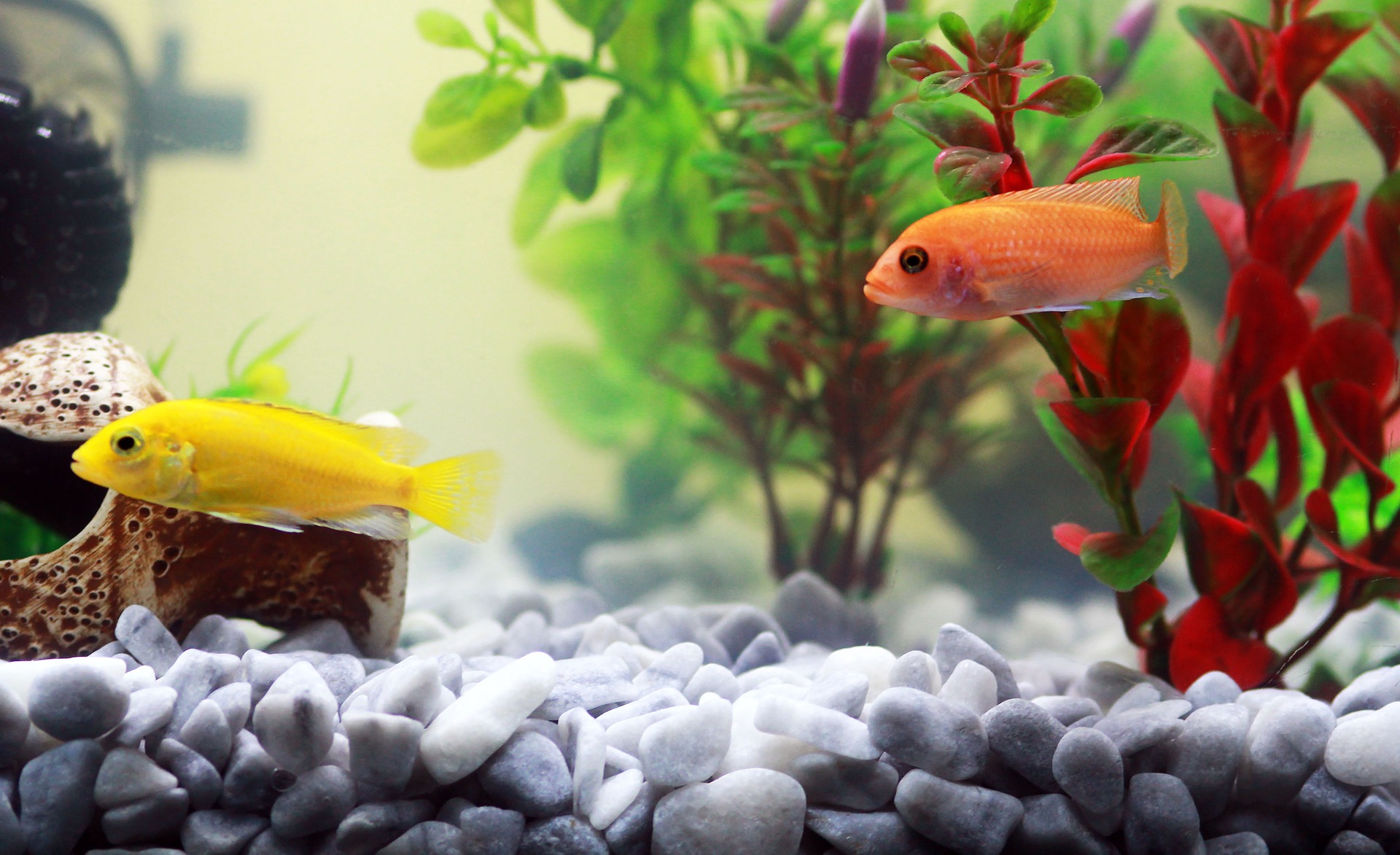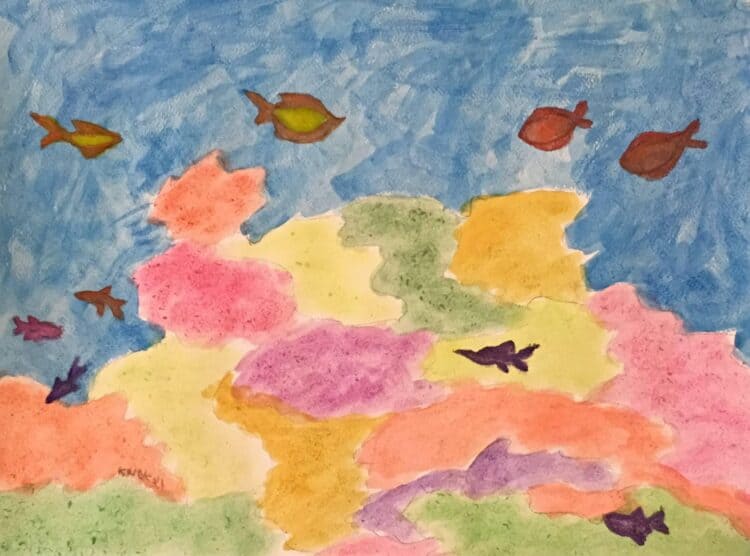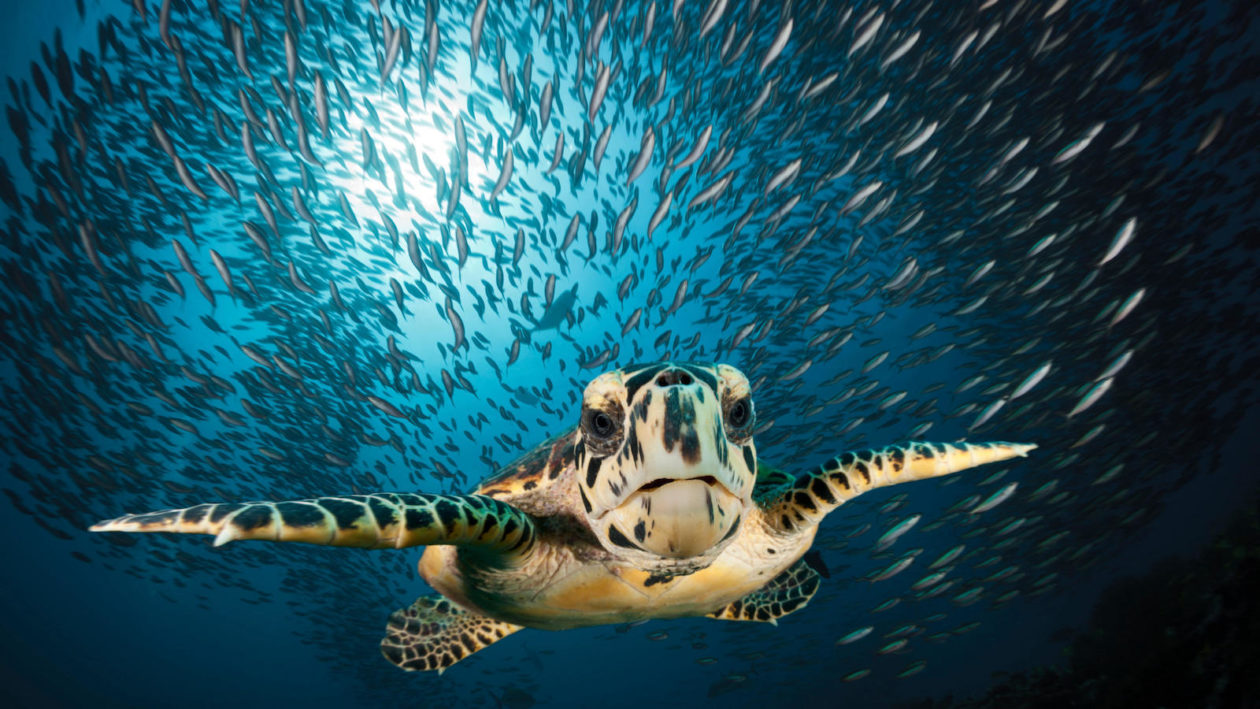Around 2 million people globally have aquariums for various reasons, such as fun, hobbies, and business ventures. They make tiny to massive environments mimicking natural water, to keep diverse plants and fish. However, it takes lots of know-how to find fish and plants that coexist well in the aquarium. This article discusses how art and science factor into plants and fish coexisting. We cover expert strategies for a thriving, harmonious aquarium ecosystem.
Understanding the Role of Plants in Aquariums
Plants in aquariums can’t be overemphasized enough. They play a huge role maintaining water quality, purifying, and oxygenating it. Research shows plants act as natural filters absorbing excess nutrients and carbon dioxide. As a result, oxygen gets released into water through photosynthesis.
Plants keep fish healthy and provide a colorful habitat. They also help take beautiful pictures. You can learn more about how photographs can help you better understand aquatic ecosystems at uwphotoring.com. Working with a professional photographer can help you capture stunning images that reveal the enchanting mysteries beneath.
Additionally, aquatic plants play a crucial role in an aquarium. They produce food and shelter for fish and provide breeding spots. This helps promote fish welfare and overall health. Controlling algae growth helps maintain a healthy environment for all aquarium organisms.
Expert Strategies for Plant-Fish Coexistence in Aquariums
Here are some of the most reliable strategies you need to implement to guarantee a beneficial coexistence between plants and fish in your aquariums.
Choosing the Right Plants for Your Aquarium
Selecting suitable plant species is vital as an aquarist. You must understand plant compatibility with fish to maintain balance. Consider factors like aquarium size, lighting, and water parameters. Professionals from reliable sites will advise native or low-maintenance plants as they reduce later complications. Evaluate growth rate and fish species compatibility to prevent overcrowding and maintain visual appeal. Ideally, you can consider incorporating some of these plants recommended by aquarium specialists:
Java Fern
Specialists highly favor Java Fern’s robustness and adaptability to varying aquarium environments. It thrives in low to moderate lighting without the need for CO2 injection. Not only does Java Fern offer ample cover and refuge for fish, but it also aids in maintaining water quality by absorbing nitrates. They are an excellent choice for both novice and expert aquarium enthusiasts. Many trustworthy resources will help you learn how to maintain Java Fern.
Anubias Barteri
This plant excels in low-light settings, making it suitable for tanks with minimal lighting arrangements. It has broad, sturdy leaves that lend an elegant touch to the tank. Moreover, they require no substrate planting and can be effortlessly affixed to rocks or driftwood, showcasing their versatility and ease of maintenance.
Vallisneria
Providing both shelter and aesthetic appeal, Vallisneria is favored by professionals for its ability to reduce stress among fish by mimicking their natural habitat. This plant contributes to a serene underwater landscape.
Hornwort
Recognized for its quick growth, Hornwort enhances water quality by absorbing surplus nutrients. Additionally, its dense foliage offers fish ideal hiding spots and contributes to the overall aesthetics of the aquarium. Visit a reliable site to learn more about this plant.
Amazon Sword
Ideal for larger aquariums, the Amazon Sword offers abundant shade and hiding places for fish while actively contributing to water quality improvement. This versatile plant adds both beauty and functionality to your aquatic ecosystem.
Feeding and Nutrition for Fish and Plants
When feeding fish and plants, timing and strategy matter. Know your fish and plants’ traits. Learn their feeding patterns and portions. This helps you give an ideal diet without overfeeding, preventing stuffing the water and lowering its quality. This, in return, minimizes food wastage and maintains water quality. Fertilization and CO2 injections give plants added nutrients for maximum growth and health. With such reliable insights, aquarists can optimize their feeding practices for the well-being of all inhabitants.
Managing Algae Growth
Algae is not harmful to your aquarium as it helps maintain balance, especially the pH in the water. However, excessive, uncontrolled algae overgrowth harms aquatic plants. To control algae growth, follow this expert advice:
Manage Light Exposure and Nutrient Balance
Use a timer to limit light duration and intensity, feed the fish on a regular schedule, and ensure all food is utilized. Additionally, select appropriate wattage bulbs and perform frequent water changes.
Introduce Algae Eaters and Optimize Plant Growth
Add plants with algae-eating functions, like Otocinclus catfish and Amano shrimp, to control algae naturally. Provide correct lighting, CO2, and nutrients to promote healthy plant growth manually.
Practice Regular Maintenance and Chemical Controls
Regularly clean the aquarium to remove extra organic matter and debris. Use algae control products carefully in severe cases, as they may disturb the aquarium’s balance.
Maintaining Water Quality
Water quality determines the aquarium project’s success. Establish regular water testing and maintenance routines. Change the water occasionally if there is no continuous freshwater flow, and remove excess nutrients and waste. This minimizes pollution risks and algae blooms. Consider aeration and surface agitation processes for a healthy aquatic environment.
Observing and Monitoring the Aquarium
As an aquarist, you must dedicate time to your aquariums. Observe fish and plant behavior regularly to detect stress or disease signs early. Address the specific cause by identifying and removing it. This facilitates vibrant aquarium growth. Track changes and improvements to make informed decisions for long-term success.
Troubleshooting Common Challenges
Some problems you can DIY, while others require trustworthy professional help. Some of these challenges you can DIY include plant melting, fish aggression, and nutrient deficiencies. Using the following reliable interventions, you can manage to address these and more issues:
Adjusting Lighting and CO2 Levels
For melting plants, adjust lighting duration and strength while controlling CO2 levels suited to the plants’ needs. Signs of melting plants include:
- Wilting or yellowing leaves
- Leaf loss or disintegration
- Stunted growth or lack of new growth
- Soft or mushy texture of affected plant parts
- Decline in overall plant health and vitality
Water Parameter Monitoring and Adjustment

Check the pH, ammonia, nitrite, nitrate, and temperature often. Make changes to water or filters if needed. You can buy digital thermometers for aquariums for top-rated accuracy. You may need to add chemicals sometimes, too, to ensure the fish and plants can coexist or balance the equilibrium.
Making an aquarium work right takes thoughtful planning ahead of time. Pay attention and do maintenance always. By implementing the above professional strategies, your aquarium will look visually appealing, and the fish and plans will all be vibrant. Furthermore, it brings more peace when watching your fish swim happily.
Lead Image: Image by Irina from Pixabay.





Leave a Reply